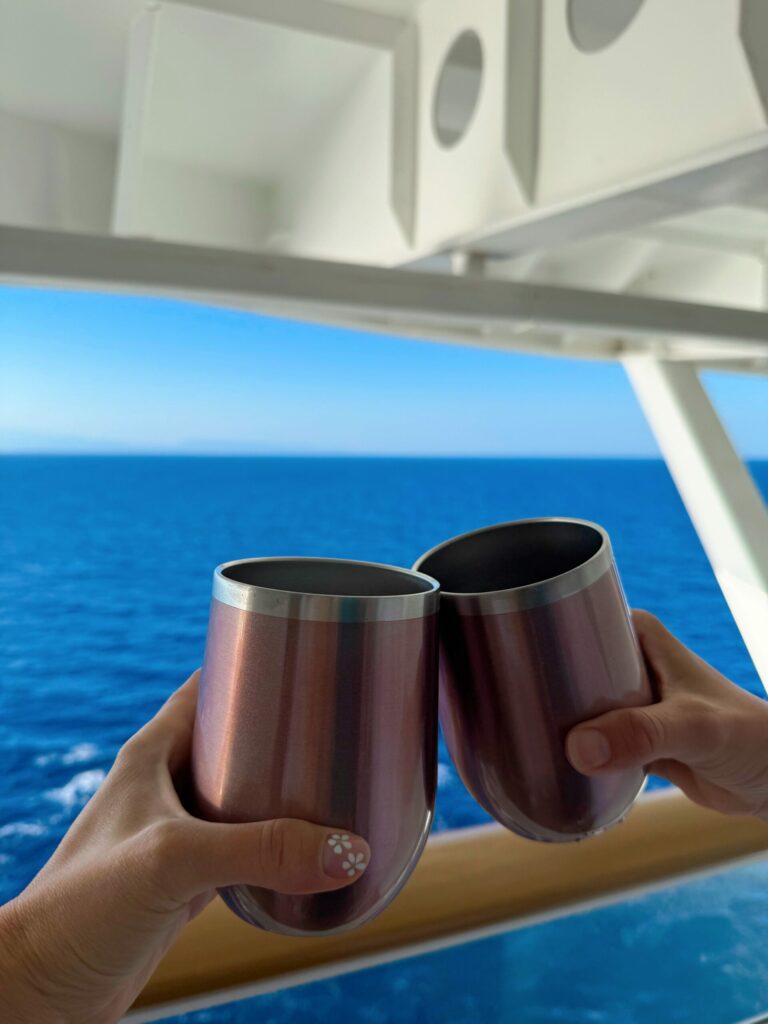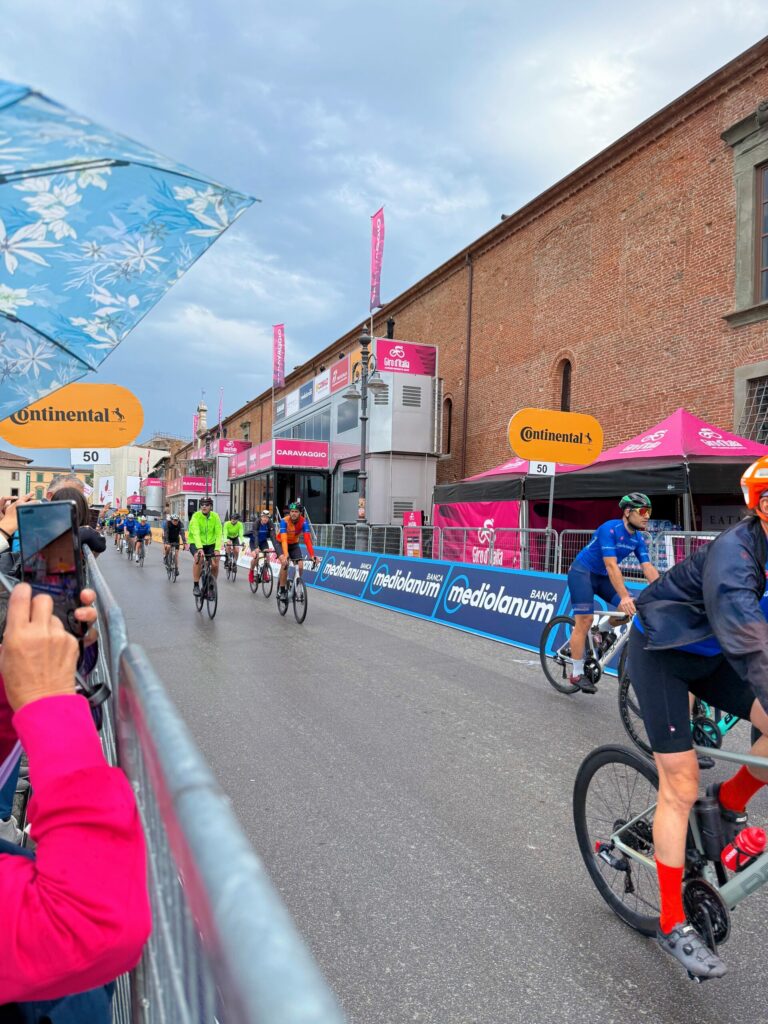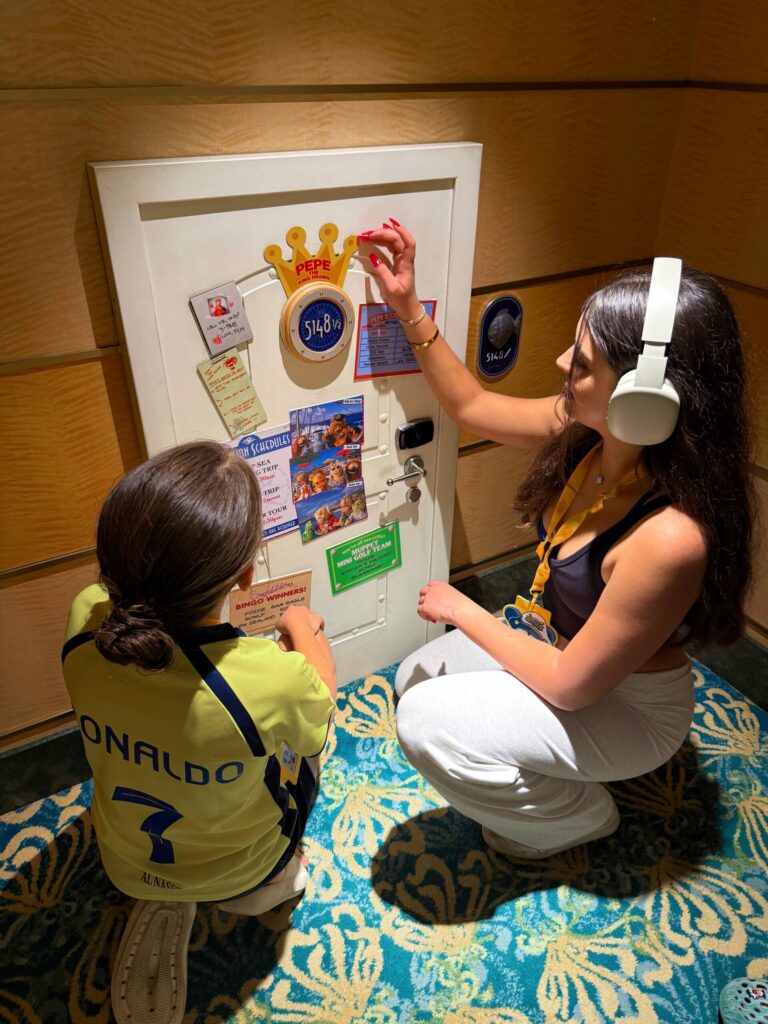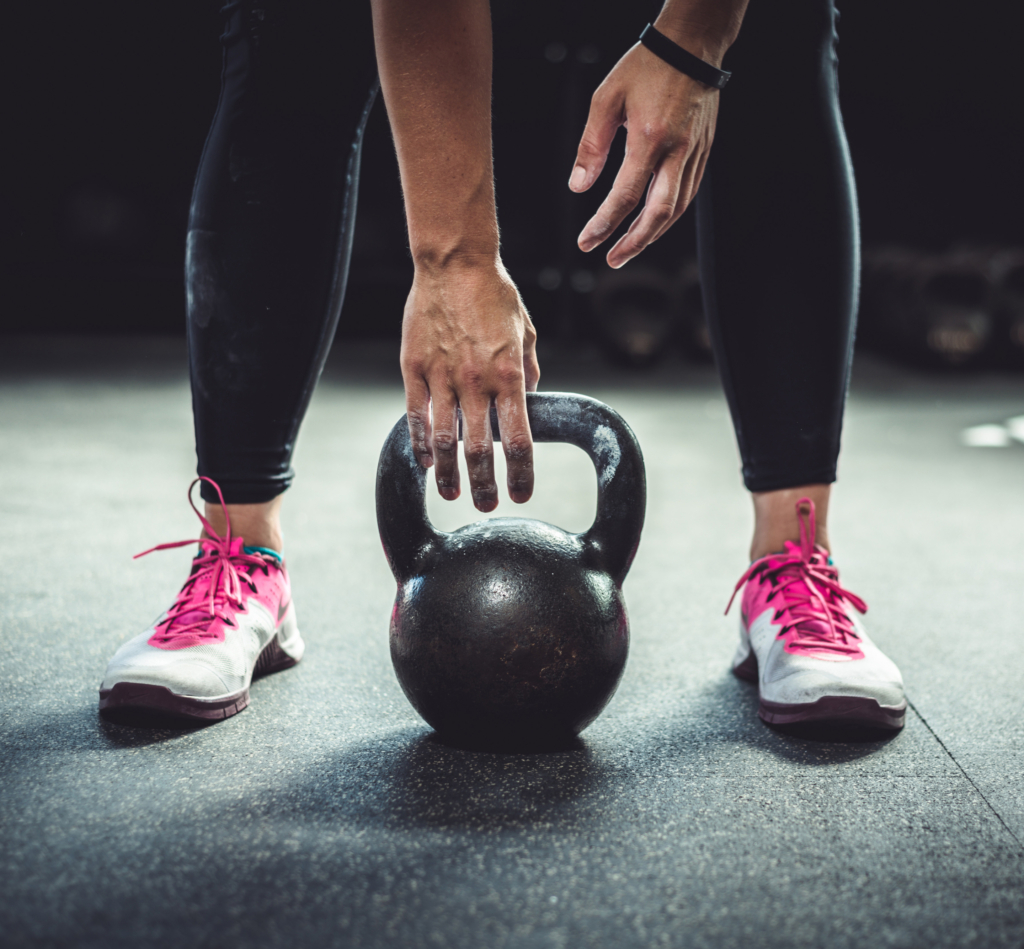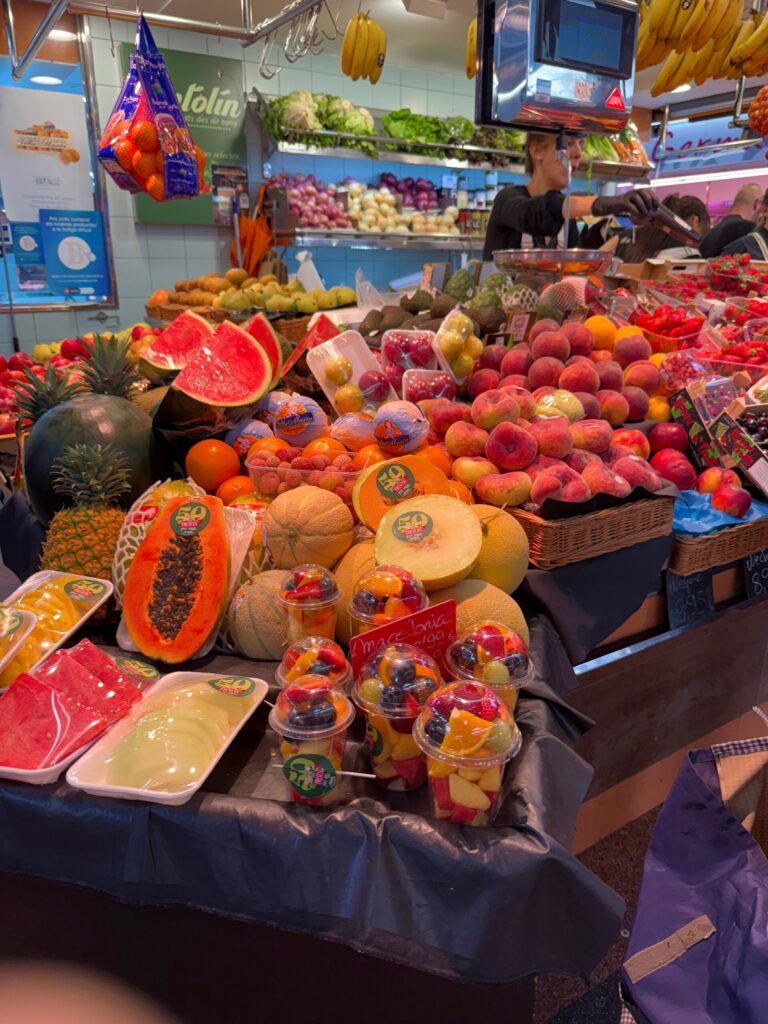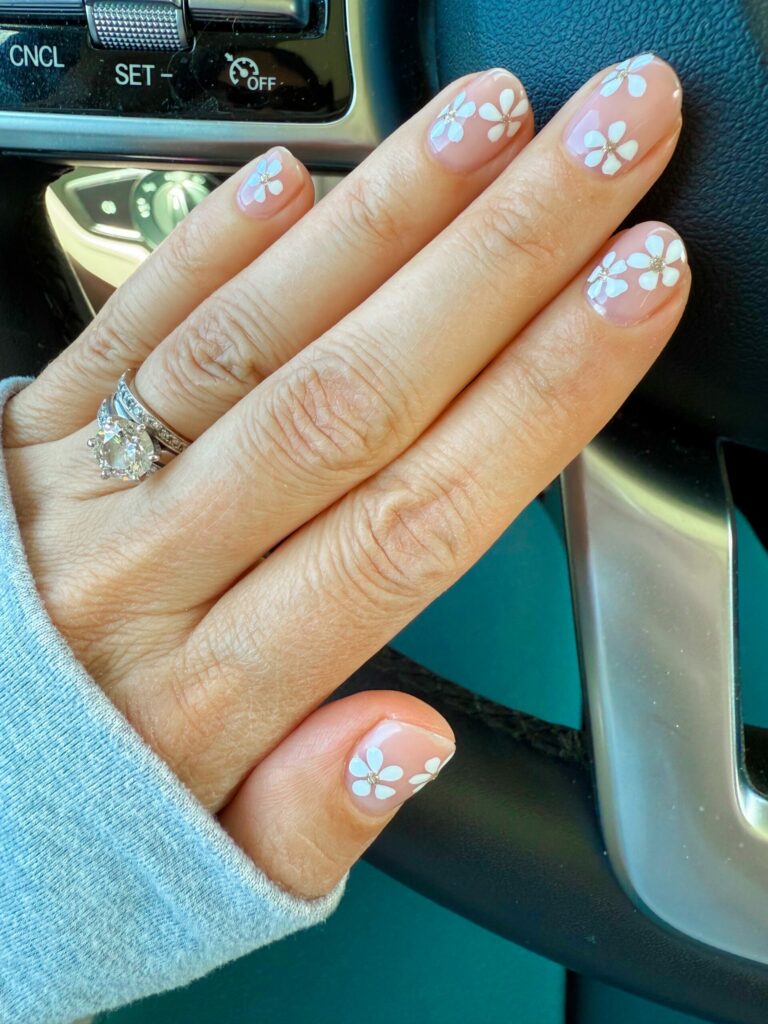Staying hydrated in the summer heat can be challenging, but it’s also important. After all, roughly 50% to 60% of your body weight is water, and losing too much of it can lead to fatigue, dizziness, and other dehydration symptoms. We often focus on what to drink to stay hydrated (with plain water being the obvious choice), but how to stay hydrated isn’t just about beverages. What you eat can significantly boost your hydration too. In fact, an estimated 20% or more of our daily water intake comes from food. This means that incorporating hydrating foods into your summer diet can help you meet your fluid needs while also providing vitamins and electrolytes.
Kellie Lunday, MS, RD, LD, and AFPA’s Nutrition Content Lead, shares: “If I’m slacking on my water intake during the summer, I know that my summer produce has my back! It’s the perfect time of year to focus on my vegetable and fruit intake, with the added benefit of hydration.”
In this article, we’ll explore some of the most hydrating foods to enjoy during summer, explain how these foods with high water content support your body’s fluid balance, and offer tips on including hydrating fruits and vegetables in meals. From juicy watermelon (ever wonder how much water is in watermelon?) to crisp cucumber (spoiler: it’s almost all water), these foods can make staying hydrated easy and delicious. Let’s dive into how to get hydrated and stay that way using nature’s own refreshing ingredients.
Hydration Is More Than What You Drink
When the sun is blazing, it’s easy to gulp down a cold glass of water. Yet many people struggle to drink enough fluids throughout the day. Maybe you forget to sip regularly or don’t feel thirsty until you’re already somewhat dehydrated. The good news is that you can make up some of the difference with food. Eating water-rich foods essentially lets you “drink” through your meals. This is a handy strategy, especially for those who find it challenging to drink enough water each day.
Our bodies constantly lose water through sweat (especially on humid summer days), as well as through breathing and urine. If you’re not replenishing those losses, you risk dehydration. And dehydration isn’t just a minor inconvenience—it can sap your energy and even impair mood and focus. While what to drink to stay hydrated should still be a priority (plain water, herbal iced teas, and other low-sugar beverages are great choices), remember that foods that hydrate you can contribute substantially to your daily needs. In fact, a balanced diet can provide up to about two cups of water per day just from food. Eating the recommended daily servings of fruits and vegetables (for example, two servings of fruit and three of vegetables) might give you roughly 15 ounces of water – that’s nearly a pint of fluid just from produce!
Hydrating foods are particularly helpful if you’re active or spend a lot of time outside in summer. They not only supply water but also often come with fiber, electrolytes, and antioxidants. This combination helps your body absorb and use the water effectively. In other words, munching on foods that help with hydration can actually be more efficient at rehydrating the body than water alone in some cases. Next time you’re thinking about how to increase hydration on a sweltering day, don’t just reach for your water bottle – head to the fridge as well.
Aspiring personal trainers: learn all about nutrition for fitness performance in AFPA’s Personal Trainer Certification.
Juicy and Refreshing: Hydrating Fruits
When it comes to fruit for hydration, nature has a knack for packing water into sweet, portable packages. The hydrating fruits of summer are not only delicious but also loaded with water. A standout example is watermelon.
As its name suggests, watermelon is mostly water – about 92% water, to be exact. If you’re wondering how much water is in watermelon, imagine each bite as almost all water with a bit of nutrients. No wonder eating watermelon on a hot day feels so satisfying. It’s like drinking water, but with the bonus of flavor, vitamins A and C, and the antioxidant lycopene. So is watermelon good for dehydration? Absolutely. Watermelon is one of the best foods for hydration you can find, since it helps quench thirst and replenishes you with minerals (like potassium) at the same time.
“Slice it up for a snack, blend it into a smoothie, or toss it with some mint and feta for a hydrating summer salad. With watermelon on the menu, how to stay hydrated becomes a far more enjoyable endeavor,” says Kellie Lunday, MS, RD, LD.
Watermelon isn’t the only fruit that can help you beat the heat. In fact, many common fruits are made up of 80-90% water or more. Strawberries, for example, are about 91% water, and they offer a burst of vitamin C. Cantaloupe and honeydew melons rival watermelon with around 90% water content as well. Oranges and grapefruit, those juicy citrus fruits, are around 86-88% water – and as a bonus, they provide electrolytes like potassium. Peaches, pineapples, and apricots are other fruits good for hydration, each brimming with watery juice. Grapes are about 81% water.
In general, if a fruit is plump, juicy, or easily yields liquid when you bite into it, it’s likely a watery fruit that can help keep you hydrated. These fruits not only deliver water to your system but also supply natural sugars to give you quick energy and fibers that help you feel satisfied.
One perk of choosing hydrating fruits is that they often appeal to the appetite even when the heat might dull your desire for heavier foods. A cold slice of melon or a bowl of berries can be more enticing than a rich meal when the temperature soars. To maximize hydration from fruits, enjoy them raw and fresh – think fruit salads, smoothies, or just whole fruits eaten as snacks.
Freeze grapes or blend watermelon into a slushy for a cooling treat. By making fruit a part of every summer meal, you’ll naturally increase your fluid intake. The sugar in whole fruit comes with fiber and water, meaning it’s generally digested more slowly and hydrates you without the more extreme blood sugar spike you’d get from a sugary drink. But every body is different, and you should consult with a doctor who knows your unique health needs, particularly if you have metabolic concerns.
Passionate about nutrition and want to take a deeper dive? Learn all about hydration and nutrition in AFPA’s Master Level Nutrition Consultant Certification.
Crisp and Cool: Water-Rich Vegetables
Vegetables can be just as impressive as fruits in the hydration department – in some cases, even more so. The vegetables for dehydration relief are typically the crisp, watery ones you might find in a summer salad or crudité platter.
Take the cucumber, for instance. Ever wondered what percentage of cucumber is water? It’s about 95% water (some sources say as high as 96%!). That makes cucumber one of the most hydrating foods on the planet. Crunching on a cool cucumber stick is almost like sipping water, and it comes with a pleasant crunch to boot.
Cucumbers are so water-based that they’ve earned the nickname “water vegetables.” Besides water, they also provide a little vitamin K and potassium, especially in the skin. Try adding cucumber slices to your drinking water for flavor, layering them in sandwiches, or mixing diced cucumber into yogurt with mint for a refreshing raita. It’s a perfect way to increase hydration while enjoying a tasty snack.
Lettuce is another unsung hero among foods with high water content. Iceberg lettuce, often maligned for being less nutrient-dense than darker greens, is actually over 95% water – basically a crunchy vehicle for hydration. Romaine lettuce isn’t far behind, at about 95% water as well.
So yes, that big summer salad full of lettuce, cucumber, and tomato is doing double duty: feeding you and hydrating you at the same time. Speaking of tomatoes, they clock in around 94% water. Bite into a ripe tomato and you can practically feel the juice hydrating your mouth. Cherry tomatoes make an easy hydrating snack on the go, and slices of tomato on your sandwich add moisture (and vitamin C).
Other water-based vegetables to put on your grocery list include celery (about 95% water), zucchini (around 94% water), radishes (95%), green bell peppers (94%), and even cauliflower and cabbage (both around 92% water).
These percentages aren’t just trivia – they explain why these veggies feel so light and crisp. For example, celery sticks or bell pepper strips on a hot day can be as thirst-quenching as a handful of grapes. They’re essentially solid water with bonus nutrients like folate and antioxidants. In fact, foods that hydrate you such as cucumber, lettuce, celery, and others are often referred to in nutrition guides as the “superstars” of water-rich foods.
To incorporate more of these hydrating vegetables into your summer diet, get creative with meal prep. Start lunch or dinner with a salad loaded with high-water-content veggies (cucumbers, lettuce, tomatoes, radishes, etc.). Swap out common sides for water-rich veggies – for example, serve dip with carrot and cucumber sticks instead of crackers.
Chilled soups like gazpacho or cucumber-yogurt soup are basically blended vegetables that you can sip, delivering hydration in a flavorful form. Even steaming or lightly sautéing vegetables retains much of their water (though you’ll lose a bit to cooking). The key is to have plenty of these water vegetables on hand, pre-washed and cut in your fridge, so they’re just as easy to grab as a bottled drink. By making veggies readily available, you might naturally eat more of them throughout the day, effortlessly boosting your hydration.
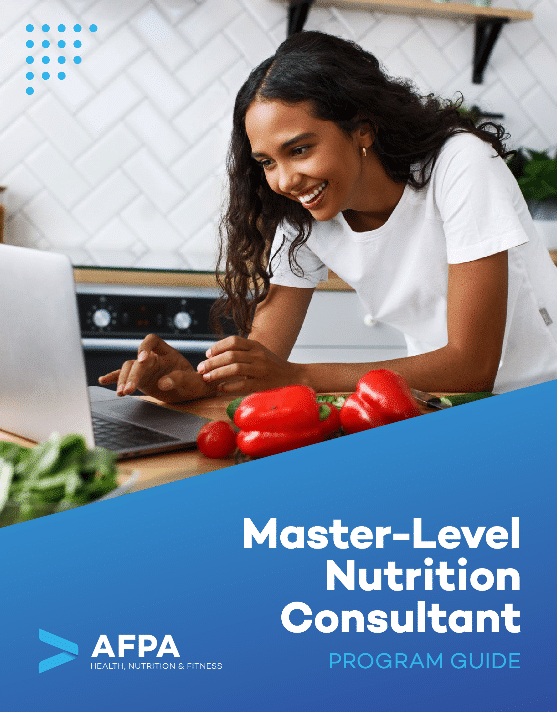
Become an Expert Nutrition Coach at Your Own Pace
Download your free guide now.
Beyond Produce: Other Hydrating Foods and Drinks
Fruits and veggies steal the spotlight when we talk about hydrating foods, but they’re not the only options. Many other everyday foods have a high water content and can contribute to your fluid intake. For example, yogurt and cottage cheese are about 80-85% water, so a serving of yogurt at breakfast not only gives you protein and calcium but also a decent amount of water.
On a hot morning, a bowl of plain Greek yogurt topped with juicy berries (think hydrating fruits like strawberries or peaches) makes for a hydrating, nutritious start to the day. Smoothies are another fantastic way to drink your food – blend water-rich fruits (berries, melon, mango) with some yogurt or milk and ice, and you’ve got a hydrating snack or meal in a glass. Even milk itself is about 90% water and contains electrolytes, which is why research has found it can be as effective as sports drinks for rehydration in some cases. If dairy isn’t your thing, plant-based milks like almond or oat milk also contribute fluid.
Don’t underestimate the hydration power of soups and broths. A steaming bowl of soup might not be your first craving in summer, but you can opt for chilled versions like gazpacho or fruit soups. And even warm chicken broth can hit the spot. One of the traditional benefits of drinking chicken broth when you’re dehydrated (such as during illness or after intense sweating) is that it provides not only fluid but also sodium and other electrolytes. Those electrolytes help your body retain the water you drink and can alleviate symptoms of dehydration like headache or muscle cramps.
Sipping broth or eating soup replenishes salt losses and helps you get hydrated more effectively than water alone in certain situations. Just be mindful of soup’s temperature; if it’s very hot outside, a lukewarm broth or cooled soup may go down easier than a piping hot one.
Speaking of what to drink to stay hydrated, remember that plain water isn’t the only choice. Unsweetened herbal teas, iced or hot, are another great option. Coconut water (the liquid from inside young coconuts) has become a popular natural rehydration drink because it contains potassium and magnesium – it’s a refreshing option to rotate into your fluid plan. Even moderate amounts of coffee or tea contribute to hydration; contrary to myth, caffeinated drinks are not dehydrating when consumed in normal amounts.
In short, how to stay hydrated in summer comes down to a mix of smart drinking and smart eating. Make water your go-to beverage throughout the day, but bolster its effects with a diet rich in foods that help with hydration. By doing so, you’ll supply your body with water steadily and avoid dehydration symptoms. Plus, you get the other benefits of those foods – nutrients, fiber, and flavor – all of which support overall health.
Tips for Incorporating Hydrating Foods into Your Summer Diet
Knowing which foods and drinks can keep you hydrated is one thing; actually fitting them into your daily routine is another. The good news is it can be both simple and delicious. Here are some practical, how to stay hydrated tips using food:
- Start early: Begin your day with hydration in mind. Drink a glass of water upon waking, but also include a water-rich food at breakfast. For instance, have a bowl of oatmeal cooked with milk and top it with hydrating fruits like sliced peaches or berries. Or make a morning smoothie with spinach (yes, leafy greens contain water too), frozen fruit, and yogurt. This way, you front-load fluids and nutrients to start the day.
- Snack smart: Swap dry, salty snacks for fresh produce. Keep a container of cut-up watery fruits (watermelon cubes, pineapple chunks, orange slices) in the fridge for easy access. Baby carrots, cherry tomatoes, and cucumber sticks paired with hummus or a light dip are far more hydrating than crackers or chips. They’ll satisfy your crunch craving and supply water. If you feel like something sweet, frozen fruit pops (made 100% from fruit puree) or even just a cold apple can refresh you.
- Salad and soup fixes: Make it a goal to eat a salad or a vegetable-rich dish at least once a day. Remember those water-based vegetables – lettuce, cucumber, tomato, etc. – and load them up. Add juicy fruits to salads too; strawberries or citrus segments can turn a boring salad into a hydrating summer delight. When you need something more substantial, consider a broth-based soup with vegetables. Even in summer, a light vegetable soup or a chilled gazpacho can be a hydrating meal or starter. And if you’re feeling adventurous, try cold soups made from blended melon or cucumber; it might surprise you how well they cool you down.
- Hydrate when active: If you’re exercising or doing outdoor activities, plan for both food and drink. For example, after a sweaty tennis match or a long hike, munch on a piece of watermelon or a handful of grapes along with drinking water. The natural sugars in fruit can help speed up water absorption in your body, and the act of eating may encourage you to also drink more. Some athletes even swear by snacks like oranges or bananas during workouts for the hydration boost. Find what works for you – it could be as simple as packing an apple or some baby carrots in your bag when you know you’ll be out for a while. These foods that hydrate you can be real lifesavers on a hot day.
- Make it fun and flavorful: One reason people don’t drink enough water is that they find it boring. Hydrating foods can help by adding flavor and variety. But you can also jazz up your fluids with foods: try infusing your water pitcher with cucumber slices, lemon, and a sprig of mint, or drop in some berries for natural flavor. You might be surprised how much more you sip. Likewise, consider enjoying sparkling water with a splash of fruit juice, popsicles made from diluted juice, or hydrating food-packed smoothies.
“With so many versatile produce options this time of year, I make sure to bring a hydrating dish to any summertime festivity. We can all enjoy the celebration with a bit of extra hydration in our foods or drinks,” says Lunday. The takeaway is that increasing hydration doesn’t have to be a chore. By pairing water with tasty foods and making those foods readily available, you set yourself up for success.
Stay Cool and Hydrated with Food and Drink
Summer is a time to enjoy the outdoors, soak up the sun, and have fun – but it’s also a season when dehydration can sneak up on us if we’re not careful. Fortunately, staying hydrated can be a delicious endeavor. By embracing the most hydrating foods – from hydrating fruits like watermelon, oranges, and berries to water-rich vegetables like cucumber, lettuce, and zucchini – you give your body a steady supply of water throughout the day. These foods help you stay hydrated not just with fluid, but with nutrients that support your energy and health.
So, the next time you’re planning a menu or packing a snack for a day in the sun, think about how you can include some foods that help with hydration. Your body will thank you for it. Remember to drink water regularly, but also take advantage of summer’s bounty of hydrating produce. With the right balance of hydrating foods and fluids, you’ll stay refreshed, energized, and ready to make the most of the summer season.

Reviewed by
Kellie Lunday, MS, RD, LD
Kellie Lunday is AFPA’s nutrition content lead and a registered dietitian with nearly a decade of experience in corporate wellness, health education, and performance optimization. She received her MS in Nutrition from Texas Woman’s University and completed her dietetic internship at The University of Texas in Austin. Previously, she has worked in various roles at Exos and the University of Texas at Austin. She is passionate about travel, global cuisines, fitness, and advancing consumer health through evidence-based education.

Become an Expert Nutrition Coach at Your Own Pace
Download your free guide now.





